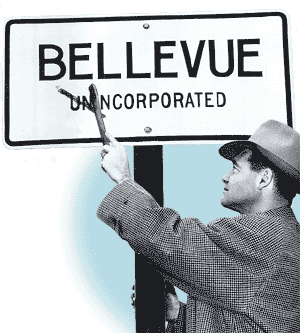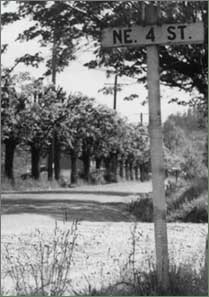Bellevue
was officially incorporated on March 21, 1953. It has evolved from a small suburb of
Seattle
to a fairly large city with its own industry. Originally farmland and forests, it is now the home of companies such as Expedia and T-Mobile. As of the year 2000, the population was 109,569 people, 45,836 households and 29,060 families. The demographics break down as follows; 74.33% White, 1.99% African American, 0.32% Native American, 17.39% Asian, 0.23% Pacific Islander, 2.54% from other races, and 3.19% from two or more races. 5.32% of the population are Hispanic or Latino of any race.







